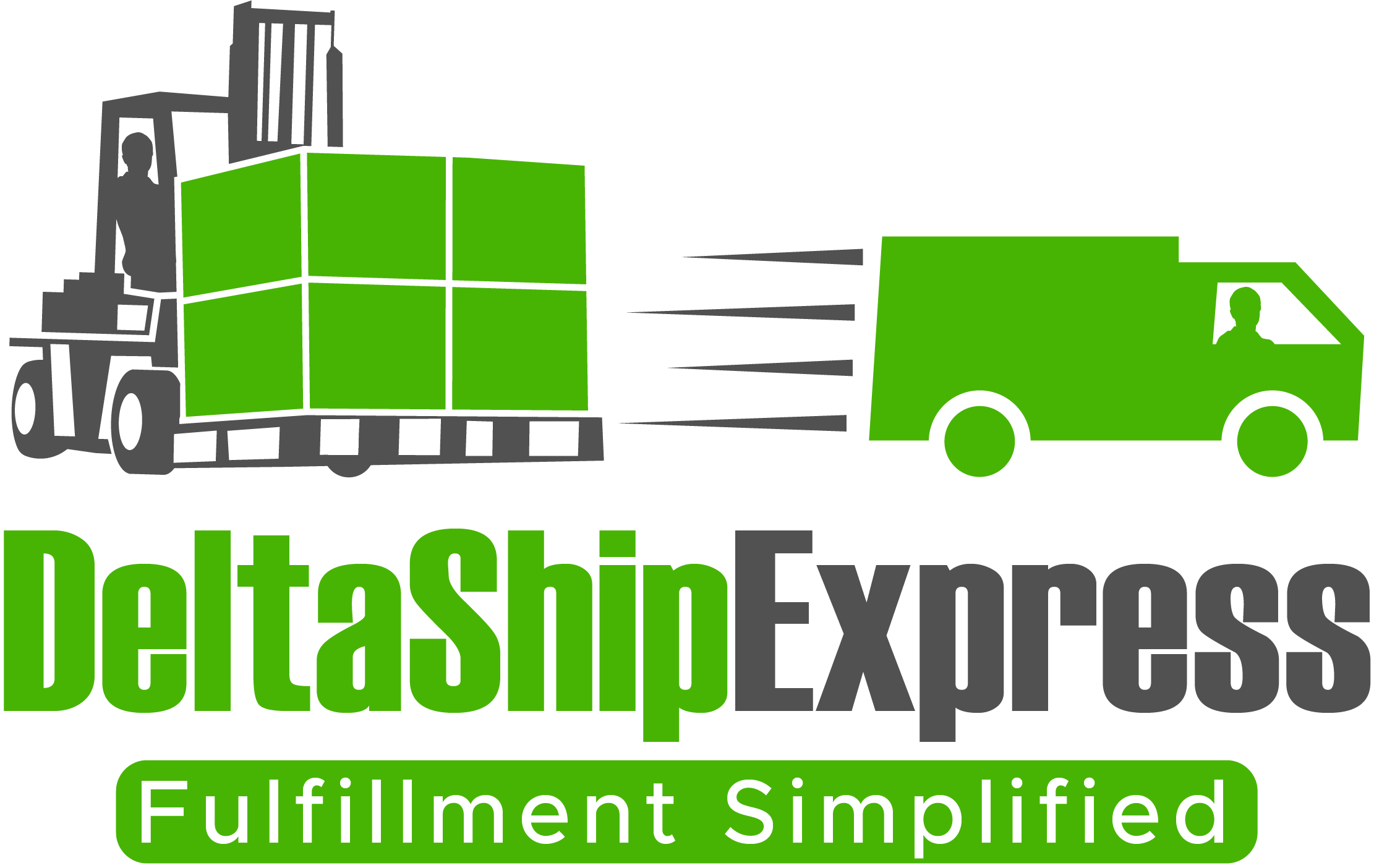Understanding the nuances between B2B and B2C packing services can help businesses streamline their operations. In this guide, we’ll explore how packing services differ for these two fulfillment models, making it simpler for you to choose the right service for your needs.
Understand the Audience: B2B vs B2C
The first step in differentiating packing services is understanding your target audience. B2B clients often prioritize bulk shipments, while B2C customers look for personalized packaging.
When dealing with B2B fulfillment, your clients are often purchasing large quantities of goods for resale or use in their own operations. This means that efficiency and reliability take precedence. On the other hand, B2C fulfillment is all about catering to individual preferences, which requires a different packing approach.
By focusing on the distinctions between these two audiences, a business can tailor the packing experience accordingly. For instance, you might choose to include branded materials or thank-you notes in B2C orders to create a more enjoyable experience, while B2B orders might benefit from clearer, more utilitarian packing.
Evaluate Packaging Materials and Design
Consider the type of materials used. B2B services may focus on sturdiness for transport, whereas B2C services might emphasize aesthetics and branding.
For businesses that primarily serve other businesses, the packaging solution needs to withstand the rigors of transportation as it may travel directly through a supply chain. This means investing in durable materials like heavy-duty boxes and protective padding. In contrast, B2C companies often opt for eye-catching designs that promote their brand image.
Packing for B2C also involves experimenting with stylish elements that delight customers, such as using eco-friendly materials or custom designs for seasonal packages. This attention to aesthetic details can have a significant impact on customer impressions and repeat business.
Consider Shipping Volume and Frequency
B2B fulfillment often involves larger volume shipments compared to B2C, which typically requires more frequent, smaller orders. This impacts packing efficiency and cost.
When fulfilling B2B orders, the process is generally streamlined, with bulk items often packed together to reduce handling time and costs per unit. Conversely, for B2C, the orders can be more erratic, demanding an agile packing approach that accommodates a variety of items and quantities in each shipment.
This difference in volume also means that B2C services may need to invest more in automated packing solutions to keep up with fast-paced demand and ensure timely deliveries. Thus, the choice of packing and shipping services must align closely with the expected order volume.
Prioritize Customer Experience
For B2C, the unboxing experience is crucial. B2B might focus more on reliability and timely deliveries rather than packaging aesthetics.
In the B2C landscape, every package is a mini-event for the customer. Businesses must prioritize an unboxing experience that evokes excitement, from colorful packing tape to samples of products to spark curiosity. This attention to detail can lead to increased customer loyalty and word-of-mouth referrals.
In stark contrast, B2B customers usually don’t expect the same level of flair. Their primary concern is efficiency and reliability. They appreciate packages that arrive on time and intact, emphasizing the importance of dependable packing methods. Thus, while both B2B and B2C packing services serve the goal of delivering goods safely, the underlying priorities can be quite different.
Understanding these nuances enables businesses to craft tailored solutions that speak directly to the needs of their unique audiences. By aligning packing services with customer expectations, whether it’s creating excitement for consumers or ensuring seamless delivery for businesses, brands can enhance their overall value proposition.
Final Thoughts on Packing Services
In summary, whether you are a business catering to other businesses or directly to consumers, understanding the differences in packing services can significantly enhance your fulfillment efficiency. Choose wisely based on your specific needs and goals.

